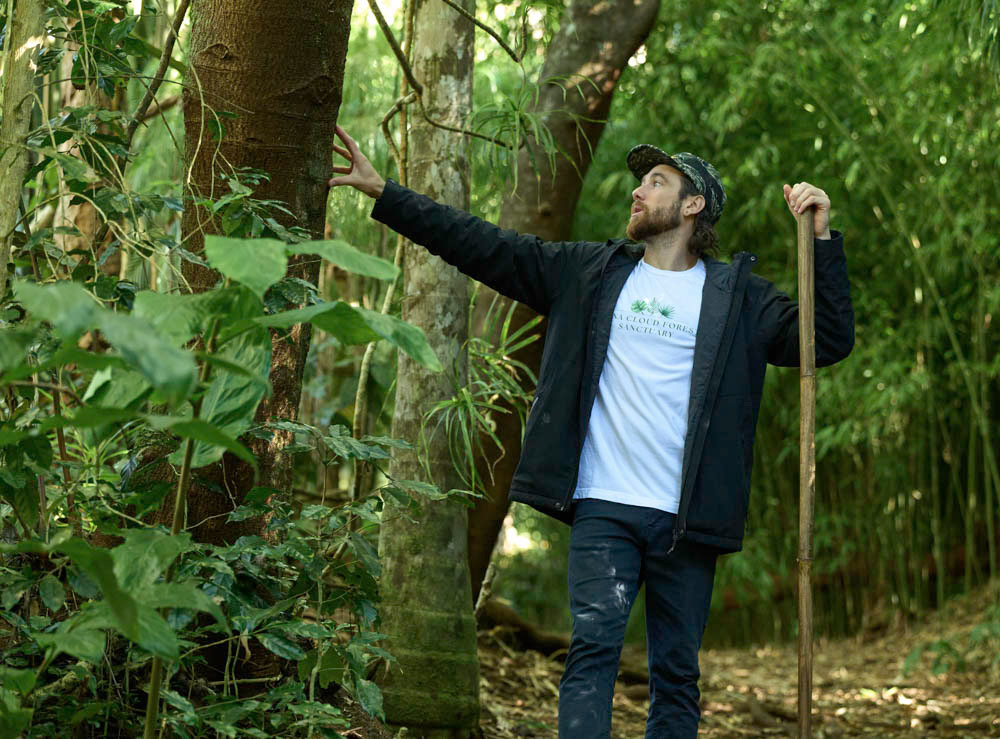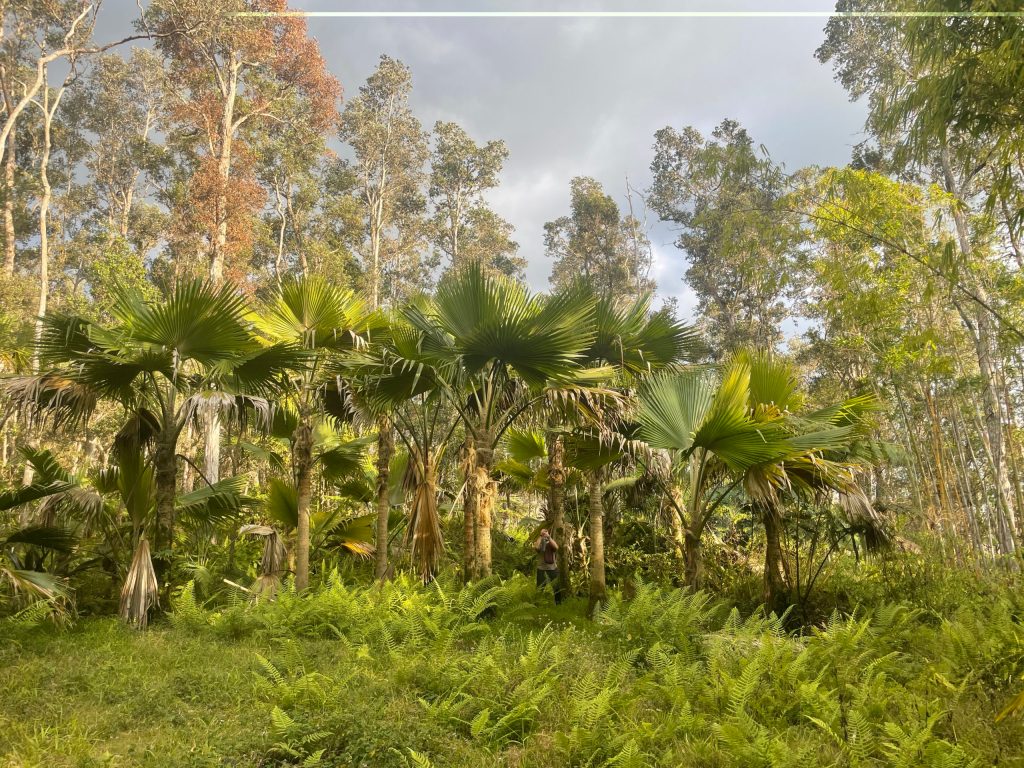Cloud forests, often shrouded in mist and nestled in mountain ranges at high elevations, hold a mystique that captivates both scientists and nature enthusiasts alike. Their significance goes beyond their breathtaking beauty; they play a pivotal role in our planet’s health and biodiversity. Join us as we delve into the depths of why cloud forests matter, unraveling their importance and unveiling the wonders they hold.
Unveiling Nature’s Gems
Cloud forests, often dubbed “nature’s hidden treasures,” are unique ecosystems characterized by their persistent cloud cover and lush vegetation. Found in mountainous regions across the globe, from the Andes to Southeast Asia, to the islands of Hawai’i, these forests harbor a rich tapestry of flora and fauna found nowhere else on Earth. But why do these ethereal landscapes matter? Let’s embark on a journey to unearth the answers.
Biodiversity Hotspots
Cloud forests are renowned for their exceptional biodiversity, housing a vast array of plant and animal species. These ecosystems typically support an assortment of flora adapted to the cool, moist conditions found at higher elevations. Epiphytic plants like orchids, bromeliads, and mosses thrive in the canopy, while towering trees such as oaks, magnolias, and cedars form the forest’s backbone.
In addition to plant life, cloud forests are home to a diverse range of animal species, including mammals, birds, amphibians, and insects. From tiny tree frogs, endemic birds, and butterflies, cloud forests teem with life at every level of the forest canopy.
Unique Flora and Fauna
Many species found in cloud forests are endemic, meaning they are found nowhere else on Earth. This high degree of endemism is attributed to the isolation and specialized environmental conditions of cloud forest ecosystems.
Role in Climate Regulation
Cloud forests play a crucial role in regulating the Earth’s climate by influencing local and regional weather patterns. As clouds drift through these montane landscapes, they release moisture through condensation, creating a continuous cycle of fog and precipitation. This phenomenon not only sustains the forest ecosystem but also replenishes nearby watersheds and river systems.
Carbon Sequestration
Cloud forests are also highly effective at capturing and storing carbon dioxide from the atmosphere. Through the process of photosynthesis, trees and other vegetation absorb carbon dioxide and convert it into organic matter, which is then stored in the forest biomass and soil. This carbon sequestration helps mitigate the effects of climate change by reducing the concentration of greenhouse gasses in the atmosphere.
Water Cycle and Watershed Protection
The unique hydrological dynamics of cloud forests play a vital role in regulating the water cycle and protecting watershed health. As clouds envelop the forest canopy, they intercept moisture from passing air masses, which then condenses on the leaves and branches of trees. This process, known as occult precipitation, contributes to the overall water balance of the ecosystem and sustains the flow of rivers and streams downstream.
Soil Erosion Prevention
Furthermore, the dense vegetation and thick organic layer found in cloud forests act as natural buffers against soil erosion. By anchoring the soil and absorbing rainfall, cloud forests help mitigate the impacts of landslides and sedimentation, which can degrade water quality and disrupt aquatic habitats downstream.
Threats to Cloud Forests
Despite their ecological significance, cloud forests are facing unprecedented threats from human activities and climate change.
Deforestation and Land Conversion
One of the most pressing threats to cloud forests is deforestation for agricultural expansion, logging, and infrastructure development. As global demand for timber, agricultural commodities, and urban expansion continues to rise, pristine cloud forest habitats are being cleared at an alarming rate, fragmenting ecosystems and threatening the survival of countless plant and animal species.
Climate Change Impacts
Climate change is exacerbating the vulnerability of cloud forests by altering temperature and precipitation patterns, disrupting critical ecological processes, and increasing the frequency and intensity of extreme weather events. Rising temperatures and shifting precipitation regimes are pushing cloud forests beyond their climatic tolerances, causing changes in species distributions, phenology, and ecosystem dynamics.
Conservation Efforts
In response to these threats, a variety of conservation initiatives are underway to protect and restore cloud forest ecosystems.
Protected Areas and Conservation Reserves
Governments and environmental organizations are establishing protected areas and conservation reserves to safeguard the biodiversity and ecological integrity of cloud forests. These protected areas serve as refuges for endangered species, buffer zones against external threats, and living laboratories for scientific research and education.
Sustainable Land Management Practices
Promoting sustainable land management practices, such as agroforestry, reforestation, and watershed management, is essential for maintaining the health and resilience of cloud forest ecosystems. By integrating conservation objectives with local livelihoods and economic development, these approaches seek to balance human needs with ecological sustainability.
Economic Importance
Cloud forests provide a wide range of ecosystem services that support human well-being and economic development.
Ecotourism Opportunities
Ecotourism has emerged as a significant economic driver in many cloud forest regions, attracting visitors from around the world eager to experience the beauty and biodiversity of these unique ecosystems. Guided nature hikes, birdwatching tours, mindfulness experiences, and canopy zip-line adventures offer visitors a chance to explore the wonders of the forest while generating revenue for local communities and conservation initiatives.
Sustainable Resource Use
Furthermore, cloud forests provide valuable resources such as timber, non-timber forest products, and freshwater, which support local livelihoods and traditional economies. By promoting sustainable resource use and equitable benefit-sharing arrangements, communities can derive economic value from the forest while ensuring its long-term conservation.
Cultural Significance
Cloud forests hold profound cultural significance for indigenous communities who have coexisted with these ecosystems for centuries.
Traditional Knowledge and Practices
Indigenous peoples possess a wealth of traditional knowledge and practices related to cloud forest ecology, biodiversity conservation, and sustainable resource management. Through rituals, ceremonies, and oral traditions, indigenous communities maintain spiritual connections to the land and pass down ancestral wisdom that informs their relationship with the forest.
Cultural Heritage and Identity
Cloud forests are integral to the cultural heritage and identity of indigenous peoples, serving as sacred sites, cultural landmarks, and sources of inspiration for art, music, and storytelling. By recognizing and respecting indigenous rights and perspectives, conservation efforts can benefit from traditional ecological knowledge and foster collaboration between diverse stakeholders.
Educational Value
Cloud forests offer unparalleled opportunities for education, research, and experiential learning.
Research and Scientific Discovery
Scientists and researchers study cloud forests to better understand the complex interactions between climate, biodiversity, and ecosystem function. Through monitoring species populations and investigating ecological processes, research conducted in cloud forests contributes to our understanding of global environmental change and informs conservation strategies worldwide.
Environmental Education and Outreach
Cloud forests provide immersive learning environments for students, educators, and nature enthusiasts interested in exploring the wonders of the natural world. Environmental education programs, interpretive trails, and field-based workshops offer hands-on experiences that inspire curiosity, foster stewardship, and promote environmental literacy among diverse audiences.
Future Prospects
As we confront the challenges of the 21st century, the future of cloud forests hangs in the balance.
Challenges and Opportunities
Climate change, deforestation, and unsustainable land use pose formidable challenges to the long-term viability of cloud forest ecosystems. However, by embracing innovative solutions, fostering collaboration, and empowering local communities, we can overcome these challenges and chart a course towards a more sustainable and resilient future.
Global Cooperation and Partnerships
Preserving cloud forests requires coordinated action at local, national, and international levels. By forging partnerships, sharing knowledge, and mobilizing resources, stakeholders can leverage collective expertise and support for cloud forest conservation initiatives around the world.
Final Thoughts
Cloud forests matter because they are more than just landscapes; they are living, breathing ecosystems that sustain life, regulate climate, and inspire wonder. As stewards of the Earth, it is our responsibility to protect and preserve these invaluable habitats for future generations. By recognizing the ecological, economic, and cultural importance of cloud forests, we can ensure that their legacy endures as a symbol of our shared commitment to environmental stewardship.
FAQs
What makes cloud forests unique?
Cloud forests are characterized by their persistent cloud cover and lush vegetation, creating a unique microclimate that sustains diverse flora and fauna.
How do cloud forests regulate climates?
Cloud forests capture moisture from passing clouds, acting as nature’s thermostat to regulate local and global climates.
Why are cloud forests considered biodiversity hotspots?
Cloud forests harbor an abundance of endemic species found nowhere else, making them vital biodiversity hotspots teeming with life.
What are the threats to cloud forests?
Cloud forests face threats from deforestation, habitat fragmentation, and climate change, endangering countless species and disrupting vital ecological processes.
How can we protect cloud forests?
Protecting cloud forests requires collaborative efforts, including community engagement, sustainable practices, and conservation initiatives aimed at preserving these invaluable ecosystems.
What role do cloud forests play in mitigating climate change?
Cloud forests sequester carbon dioxide, helping to mitigate greenhouse gas emissions and stabilize the Earth’s climate.








